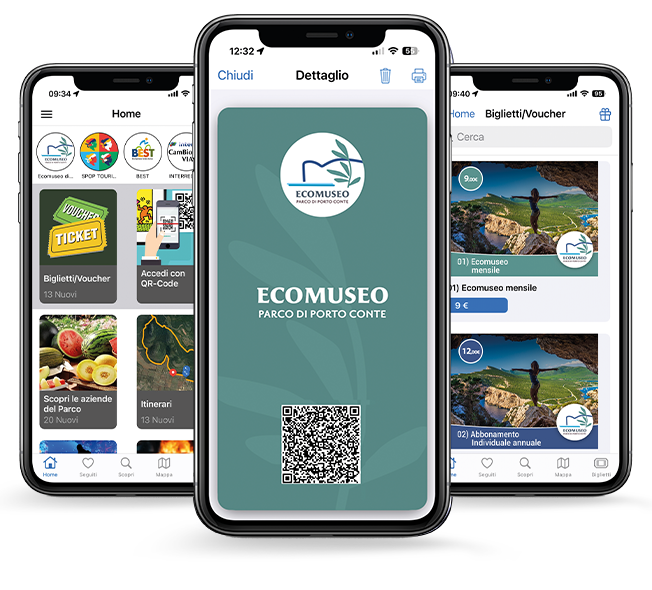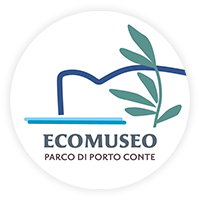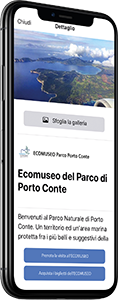Flora and Fauna
The flora of the Porto Conte Nature Reserve is constituted by hundreds of species, some of which are native and of exceptional importance. The flora here is typically Mediterranean: for example, there are no winter-deciduous species, whereas there are a number of their summer-deciduous counterparts, such as Euphorbia dendroides and Anagyris foetida. The nature reserve is home to a large number of species that defend themselves against aridity either by reducing their life-cycle to less than a year or, alternatively, by being densely pulvinated – the path taken by the perennial species.
In terms of shrubs, mastic and dwarf palm are very common, while the end section of the Capo Caccia peninsula plays host to the main population in Sardinia of Jove’s Beard (Anthyllis barba-jovis). The most original component of the nature reserve’s flora is, however, constituted by the native species; these include a species called Anchusa sardoa, which is found only on the sand of the bay of Porto Conte and nowhere else in the world.
Other species, such as Centaurea horrida, have a significant portion of their distributional area within the nature reserve. Moreover, the nature reserve is home to three species of amphibians, eleven species of reptiles, 75 species of birds and 23 species of mammals. Birds are the most representative systematic category. Out of the nesting species, of great importance are those associated with the cliffs and the small islands, such as the storm petrel, the Max shearwater, Scopoli’s shearwater, the European shag, the griffon vulture and the peregrine falcon (the peninsula of Capo Caccia contains one of the most numerous colonies), as well as those associated with the wetlands such as the great crested grebe and the Western swamphen.
Amongst the most significant mammals are the populations of bats and a number of species introduced into the promontory of Capo Caccia in the ’70s such as the Giara horse, the Sardinian donkey and the Asinara donkey, which today roam wild. Deer are also a feature of the landscape. The middle of the 20th century saw the extinction within the nature reserve of the osprey, the only bird of prey that feeds exclusively on fish, but projects are under way to encourage it to return to nesting here.
Significant formations of coralline algae (Lithophyllum byssoides) can be seen on the rocky crags. Indeed, they form “walkways” up to 3 metres in width, making them amongst the most extensive in the world. For its part, the seabed of the bay of Porto Conte is dominated by immense underwater prairies of Posidonia oceanica, which serve as the ideal habitat for a multitude of species of fish and crustaceans.
Within the Capo Caccia/Isola Piana Marine Protected Area, a zone designated as “A” has been set aside. The intention here is to preserve at all costs the Grotta del Corallo (or “Coral Cave”), where there is an extensive colony of red surface coral on the internal walls and throughout the surrounding area, at a depth of thirteen metres.
TICKET
Are you interested?
If you want to purchase a product, book an excursion or receive more information on the park and its facilities, don’t hesitate to get in touch.
We are ready, willing and able to help!
















